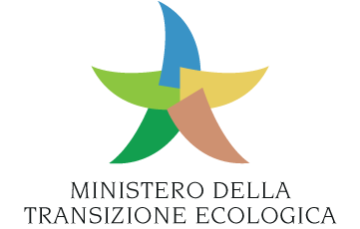Energy & Climate Policymaking in Italy
How does it work?
The Constitution states that the legislative function must be exercised jointly by the two Houses of Parliament: The Chamber of Deputies and the Senate (Article 70).The ordinary legislative procedure works as follows: presentation of a draft law; approval by the House of Parliament before which it is first presented; transmission of the text to the other House for approval in the same form or with amendments; possible "shuttling" between the two Houses of the text amended several times, until it is approved by both in the same form; promulgation by the President of the Republic, who also has the power to refer bills back to Parliament for reconsideration; publication in the Official Journal; implementation. In addition to the ordinary procedure, there are two shortened procedures: the examination and approval of the draft law by the Commission in the legislative framework (the bill, however, is submitted to the Assembly if the Government or a tenth of the deputies or a fifth of the Commission request so); the examination by the Commission at the drafting stage. In this case the Commission, specifically appointed by the Assembly, prepares a text of the bill for the Assembly, which however retains only the vote of the articles and the final vote, without being able to modify it. For energy and climate policymaking, several Ministries collaborate in the diffierent stages. In particular, the Ministry of Ecological Transition was named competent authority in 2021 for issues connected to energy and climate.
Whose approval is required for a bill to enter into force as law?
Institutions
Who are the actors involved and what role do they play? Click on an institution to learn more.

Ministry of Economic Development

Ministry of Sustainable Infrastructure and Mobility

Ministry for Ecological Transition

Italian Parliament
Policy Plans
Follow the path some policies took from draft to reality. Where did youth contribute?